According to the American Kennel Club, an organization dedicated to responsible dog ownership, “many common canine diseases can be prevented or treated with available vaccines” (Source). The same study reports that younger dogs (below the age of two) most commonly die from trauma. Older dogs most commonly die from diseases like cancer.
While there is only so much dog owners can do to prevent their dogs from dying from cancer, other causes like diabetes, rabies, poisoning, and organ failure are much easier to avoid. In this article, we identify a dozen preventable deadly diseases. We present the symptoms of such conditions and what you can do to reduce the risk of your dog dying from them.
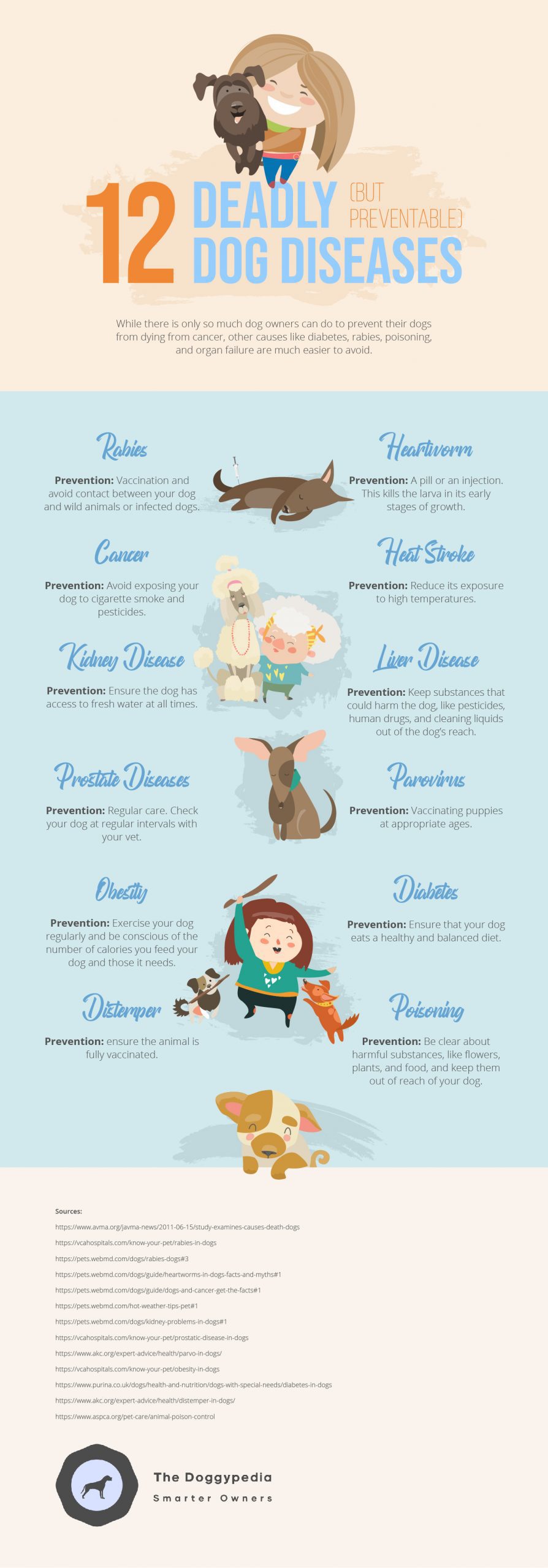
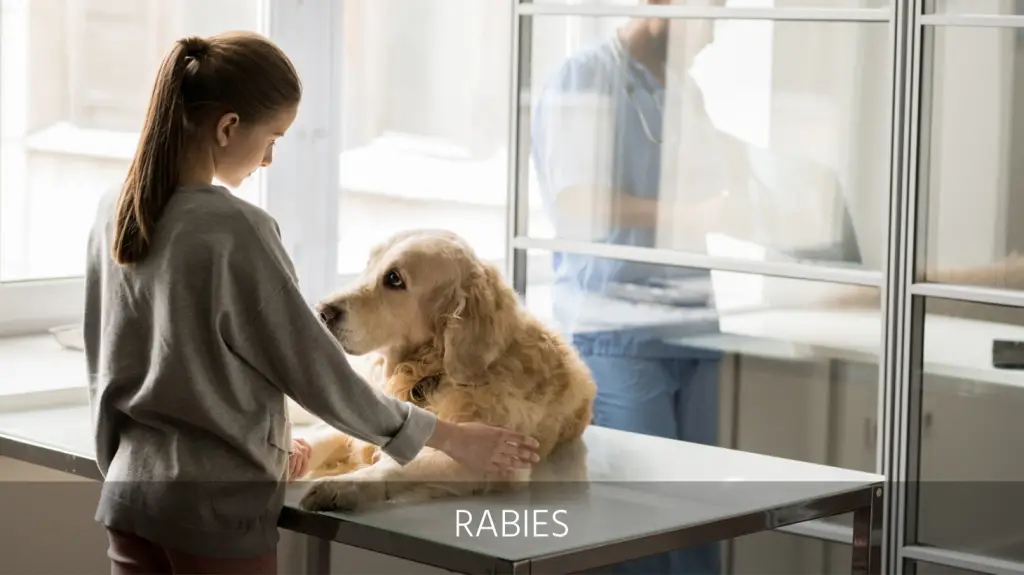
1. Rabies
Rabies is an infectious viral disease that attacks the central nervous system of all mammals, including cats, dogs, and humans. The disease causes inflammation of the brain and spinal cord. In dogs, the virus is transmitted through the saliva of an infected animal through bites or scratches. Animals identified as the main transmitters of rabies include foxes, bats, skunks, and raccoons (Source).
Symptoms
It is essential to realize that a dog infected with rabies may not show any signs in the first two or so weeks of getting the infection. Rabid dogs exhibit behavioral changes in two later stages of the disease, the furious and the paralytic stages. In the furious stage, the dog may show a discrepancy from its usual mood and in the paralytic stage, the dog starts to suffer from restricted movement. Below are some of the symptoms to watch out for.
- Restlessness
- Apprehension
- Aggression to other animals
- Hiding in dark places
- Chewing, licking, and biting the site where they were bitten
- Eating strange objects
- Snapping at any form of stimulus
- Self-mutilation
As the virus progresses, paralysis of throat and jaw muscles could occur, resulting in foaming at the mouth. At this stage, the dog can’t eat or drink. Paralysis of hind legs follows, leading to disorientation and staggering. Eventually, death occurs (Source).
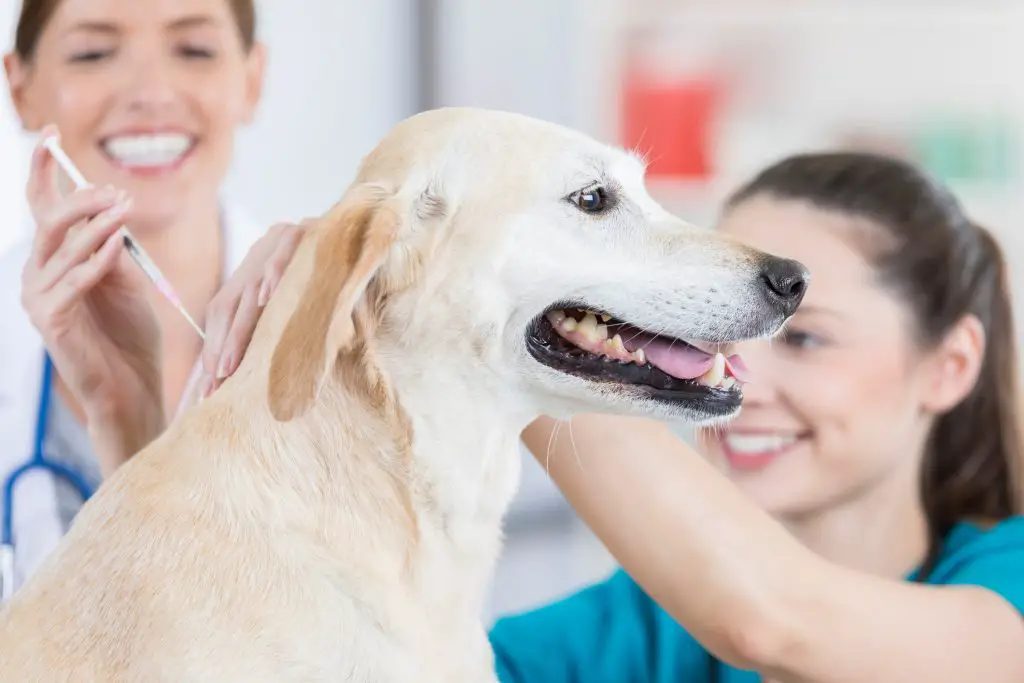
Prevention
AmericanHumane.org, a website dedicated to the safety, welfare, and wellbeing of animals, provides some tips on how to prevent your dog from getting infected with rabies.
- Vaccination
- Avoid having wild animals as pets.
- Keep your dog away from animals displaying unnatural behavior.
- Feed the dog indoors because leaving dog food outside can attract infected stray animals.
- Avoid contact between your dog and wild animals or infected dogs.
- Call animal control when you see stray animals near your home.

2. Heartworm
Even though heartworms are easy to prevent, they tend to be a challenge to cure once the dog is infected. This reduces the chances of survival for infected dogs.
Heartworms are transmitted through a bite from an infected mosquito, which discharges larva into the dog’s skin. The worms then migrate and crowd the animal’s heart and lungs (Source).
Heartworm symptoms
Heartworms symptoms can take months to appear. Some of the common symptoms identified by HeartwormSociety.org, an organization involved in the study of heartworm, include the following.
- Coughing
- Getting tired quickly
- Loss of appetite
- Refusing to exercise
- Cardiovascular collapse
Prevention
The most effective way of preventing heartworm is through the use of a pill or an injection. This kills the larva in its early stages of growth. However, once the larva grows into an adult, the preventative measures will no longer be effective (Source).

3. Cancer
Among dogs over the age of 10, cancer is the leading source of death (Source). Because some of the causes of cancer in dogs are well known, there are things dog owners can do to prevent their dogs from prematurely dying from the diseases. The American Kennel Club lists some common cancer symptoms in dogs on its website.
- Sudden weight loss
- Lumps and bumps underneath the dog’s skin
- Swollen lymph nodes
- Wounds and sores which don’t heal
- Abnormal discharge from eyes, mouth, ears, and rectum
- Breathing difficulties
- Coughing
- Unusual odors
- Change in appetite
Common types of cancer that affect dogs
Like in humans, dogs can develop different types of cancer. Below are some of the common ones.
Melanoma: Usually affects the skin, intestines, mouth, or eyes
Lymphoma: A group of cancers starting from the lymphocytes (blood cells that help the body fight infections
Bone cancer: Starts in the immature bone cells and can spread to other parts of the body
Brain tumor: A form of brain cancer
Bladder cancer: A tumor of cells lining the bladder
Mammary carcinoma: Usually affects female dogs and is characterized by a mass under the skin of the abdomen
Testicular: Develops from the testicle cells responsible for the production of sperms
Prevention
The Animal Medical Center provides some advice on how you can prevent your dog from developing cancer.
- Sterilize female dogs before the first heat.
- Limit exposure to toxins and the sun.
- Keep your dog physically fit.
- Avoid exposing your dog to cigarette smoke and pesticides.

4. Heat Stroke
Heatstroke (sometimes called heat stress) is a fatal condition characterized by an increase in core body temperature, which can lead to nervous system dysfunction. The situation occurs when the dog is exposed to high temperatures. It can be life-threatening if not attended to promptly (Source).
Symptoms of Heat Stroke in Dogs
The pet insurance company, RSPCA Pet Insurance, provides a list of some of the signs to watch out for.
- Excessive panting
- Breathing difficulties
- Increase in heart rate
- Weakness
- Bright red tongue
- Diarrhea (sometimes accompanied with blood)
- Confusion
- Seizures
- Reduced production of urine
Prevention
The easiest way of ensuring that your dog does not die from heatstroke is to reduce its exposure to high temperatures. It’s also essential to ensure your dog has enough fresh water when left unattended.
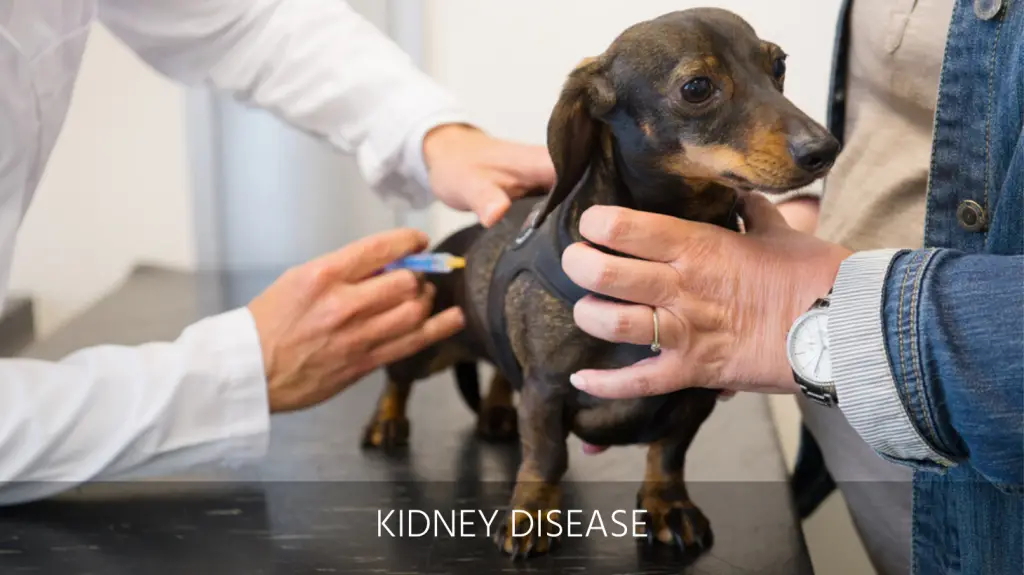
5. Kidney disease
This problem occurs when the kidneys lose their ability to filter waste products from the blood or to maintain necessary body hydration. Acute kidney problems can result from toxin ingestion, urinary obstruction, or reduced blood flow to the kidneys. Chronic kidney problems are caused by dental disease bacteria that enter the bloodstream and cause damage to internal organs (Source).
Symptoms of Kidney Problems in Dogs
The American Kennel Club identifies some signs which suggest your dog may be suffering from kidney disease.
- Blood in the urine
- Excessive consumption of water
- Urinating more frequently
- Fever
- Loss of appetite
- Pale gums
Prevention
Some acute kidney problems can be caused by the consumption of toxins, like antifreeze and certain medications, so you want to make sure that you get a veterinarian’s advice before administering over-the-counter medications. Ensure the dog has access to fresh water at all times. Oral hygiene in dogs should be prioritized so that infections do not develop in the mouth and infect the internal organs.
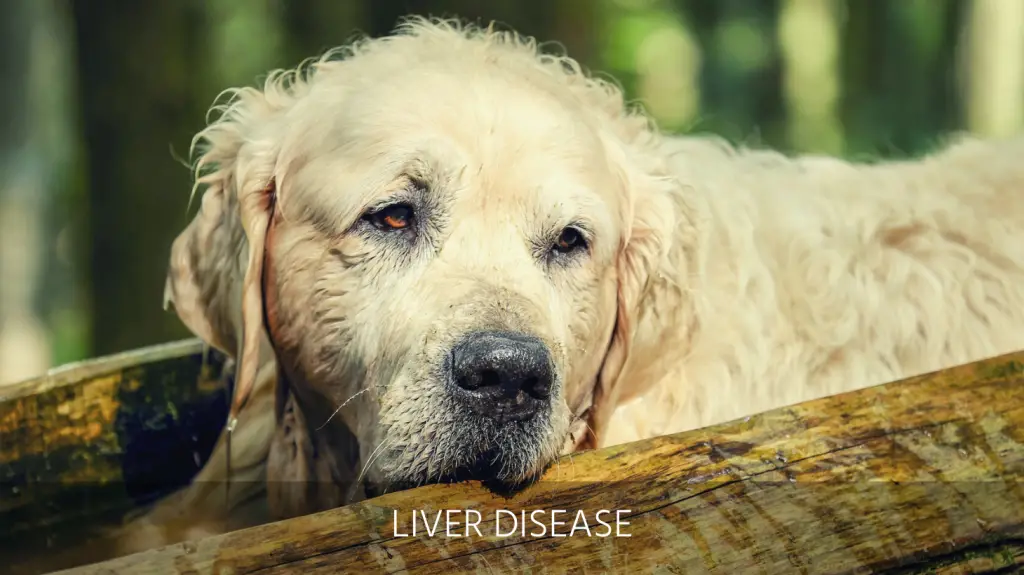
6. Liver Disease
The liver assists in digesting and eliminating bodily waste. Liver disease can be prevented.
Symptoms of Liver Disease in Dogs
The pet insurance company ASPCAPetInsurance.com provides a list of symptoms to look out for.
- Fever
- An enlarged liver (shown by a swelling in the abdomen)
- Loss of appetite
- Vomiting or diarrhea
- Blood in the pee
- Increased thirst
- Weight loss
- Seizures
Prevention
- Keep substances that could harm the dog, like pesticides, human drugs, and cleaning liquids out of the dog’s reach.
- Be conscious about what your dog eats.
- Consult a vet before giving medication to your dog.
- Never overdose prescribed medication.
- Provide the dog with clean water always.
- Ensure that your pet exercises to maintain a healthy weight.
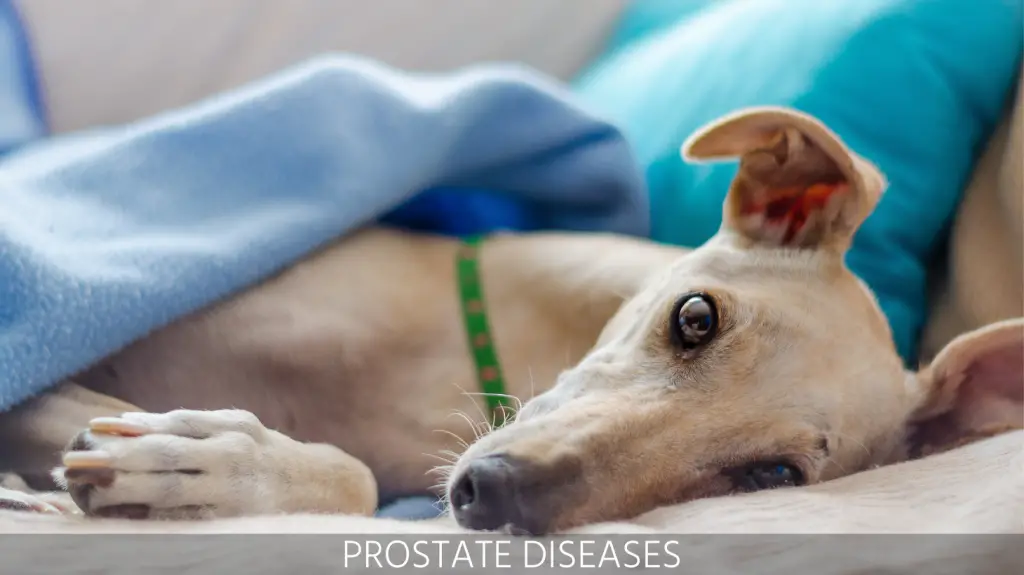
7. Prostate Diseases
Prostate diseases are life-threatening disorders of the prostate, common in dogs older than six. VCA Hospitals identify seven diseases that affect the prostate. The condition is generally characterized by an enlargement of the prostate, leading to painful urination.
Symptoms of Prostate Diseases
Pet MD, a website providing health resources for dog owners, identifies some symptoms to look out for.
- Reduction in urination and defecation
- Bloody discharge in the urethra
- Straining to excrete
- Difficulty in moving rear limbs
- Infertility
- Stiff gait
It’s also important to be aware of your dog’s behavior. Does it always leak urine from its genitals? Does the dog cry when it urinates? If so, it may be time to see your vet.
Prevention
The primary way of preventing the onset of prostate disease is by ensuring that they have regular care. This means that the vet should check your dog at regular intervals. This way, issues can be identified before they turn into big health problems.
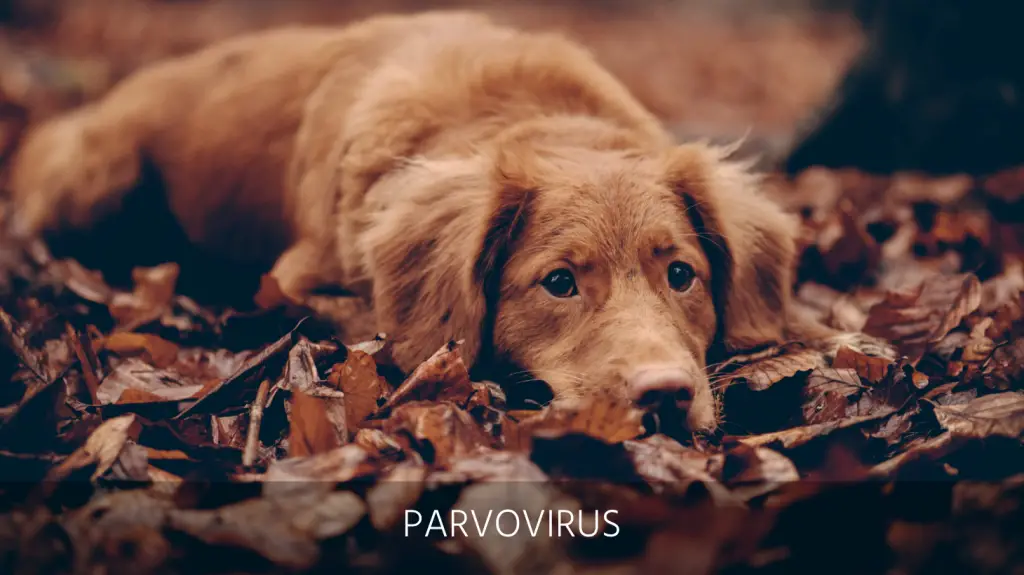
8. Parvovirus
Even though parvovirus (informally called parvo) is an infectious virus that can affect dogs of all ages, the virus is prevalent in puppies younger than four months. Parvo causes a contagious gastrointestinal (linked to the stomach and intestines) illness. If left untreated, the dog could die. It spreads either through dog-to-dog contact, exposure to contaminated stool, a contaminated environment, or infected people (Source).
Symptoms of Parvo
Below are some signs which could indicate that your dog is suffering from parvo.
- Diarrhea which can result in dehydration
- Vomiting
- Fever
- Damage to the intestines and immune system
- Weakness
- Weight loss
Prevention
The primary method of prevention is vaccinating puppies at appropriate ages. If a pet has been diagnosed with parvo, isolate it from others to prevent the virus from spreading.

9. Obesity
Obesity is a medical condition characterized by excess white adipose tissue, which results from energy intake exceeding energy expenditure. In both humans and animals, it is associated with cardiovascular diseases, diabetes, hypertension, certain cancers, a decrease in life span, and increased medical costs (Source).
Causes of Obesity in Dogs
- Overfeeding
- Lack of exercise
- Neutering/spaying
- Age
- Genetic predisposition
Symptoms of Obesity in Dogs
- Reduced mobility
- Overweight
- Lethargy
- Breathing difficulties
Prevention
Here are some ways of preventing your dog from becoming obese.
- Exercising your dog regularly
- Be conscious of the number of calories you feed your dog and those it needs
- Regular health examination
- Regulate the consumption of treats
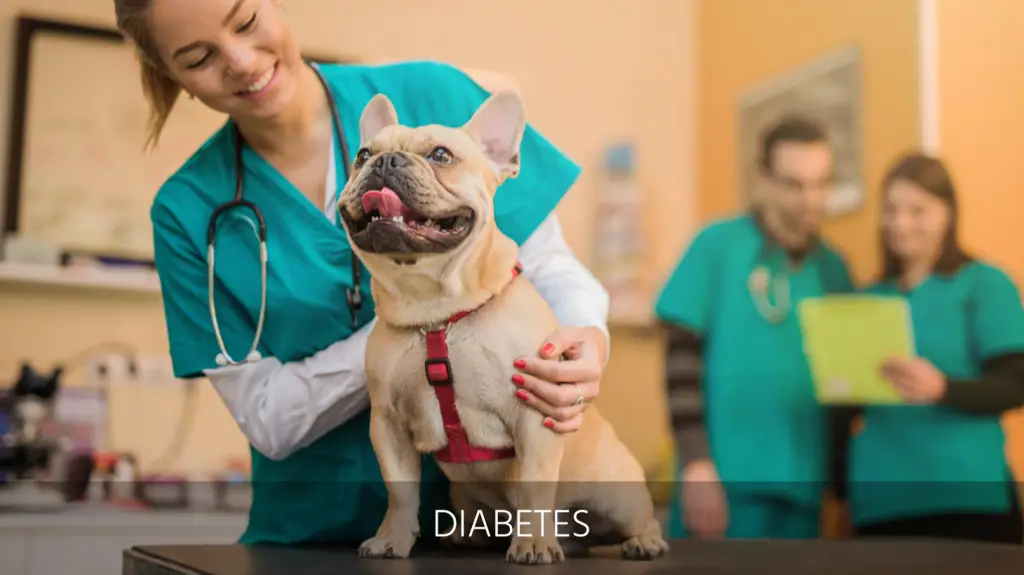
10. Diabetes
Dog diabetes (sometimes called canine diabetes) is a severe but manageable dog condition that develops as a result of poor functioning and production of the insulin hormone. The hormone is responsible for regulating blood sugar. If not properly managed, it can lead to a dog’s death (Source).
Causes of Diabetes in Dogs
Similar to humans, some dog breeds are more genetically prone to develop diabetes than others. Also, overweight dogs have an increased risk of developing the condition. This may be because obesity makes the dog resistant to insulin. In addition, some pets can develop diabetes as part of the aging process (Source).
Symptoms of Diabetes in Dogs
The pet food manufacturer Purina lists common signs of canine diabetes:
- Loss of eyesight
- Increased urination
- Lack of energy
- Urinary tract infection
- Excessive thirst
- Unexplained weight loss
- Changes in appetite
Prevention
While there cannot be any guarantee that you can prevent your dog from developing diabetes, you can follow the tips below to reduce the risk.
- Ensure that your dog eats a healthy and balanced diet
- Assist your dog in maintaining a healthy weight
- Help your dog to get enough exercise for its age

11. Distemper
Dog distemper (or canine distemper) is a deadly contagious virus that attacks a dog’s brain cells, the skin, mucous membrane, and gastrointestinal tract. The disease can be spread either through direct contact with an infected host or object, airborne exposure, or the placenta. It causes severe illness in the host, which is hard to treat (Source).
Symptoms of Dog Distemper
Infected dogs exhibit a wide range of symptoms, depending on how the disease has advanced in their bodies. The American Kennel Club breaks the symptoms into stages, as presented below.
Stage one
- Fever
- Nasal discharge
- Pus-like eye discharge
- Coughing
- Lethargy
- Vomiting
- Diarrhea
- Spinal cord and brain inflammation
Stage two
- Head tilt
- Circling
- Partial or full paralysis
- Seizures
- Muscle twitching
- Increased salivation or chewing motion
- Death
Prevention
Like in most preventable diseases, the primary way of ensuring that your dog does not end up dying from distemper is to ensure the animal is fully vaccinated. It is also vital to ensure that the dog does not come into contact with infected animals.
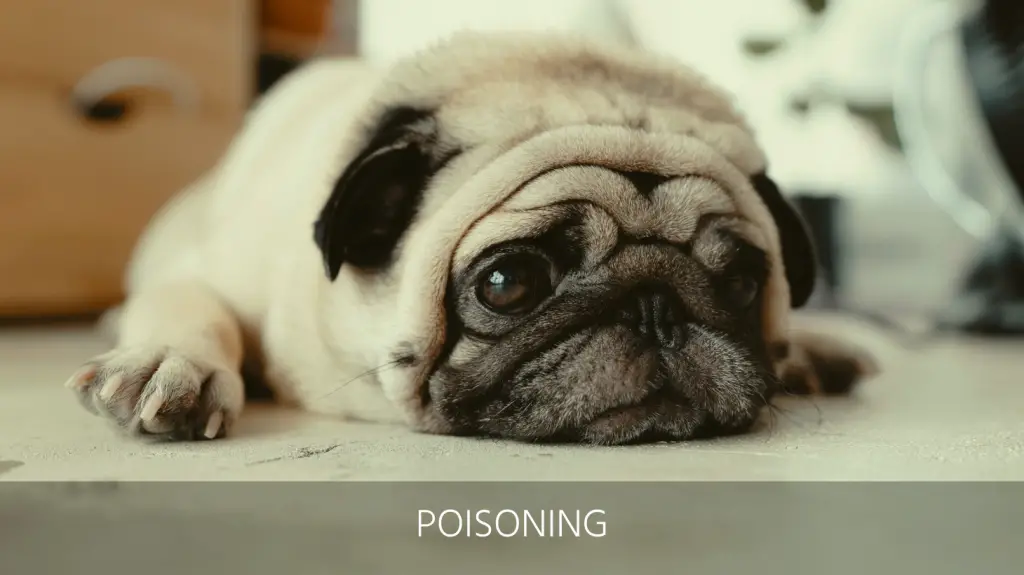
12. Poisoning
A substance that could be harmless to you could kill your dog. The ASPCA Animal Poison Control Center provides links to resources that can help you protect your dog from coming into contact with poisonous substances. You can see their guides here.
Signs that your dog has been poisoned
Some of the easiest signs that your dog may be poisoned include nose bleeding, blood in the stool, or bruising. Because poison affects internal organs, symptoms can also include liver damage and kidney failure. A poisoned dog could also exhibit neurological symptoms like seizures.
Prevention
The most effective way to prevent your dog suffering from poisoning is to be clear about harmful substances, like flowers, plants, and food, and keep them out of reach of your dog. Teaching your dog only to eat when you have given it a signal could also be an effective way of ensuring that it never eats any food you have not approved of.
Learn More: Best Salmon Dog Foods
